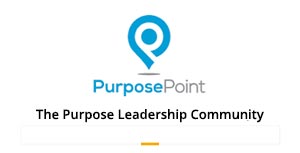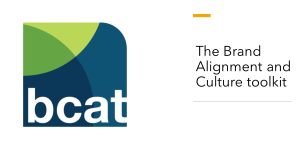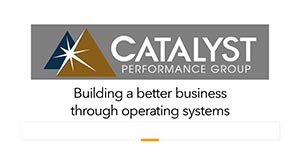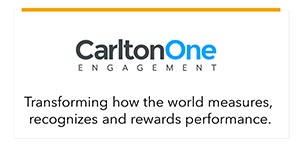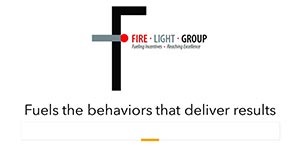The Hidden Cost of Workplace Stress
.png) This meta-analysis of research on the impact of stress suggests that leaders can benefit by limiting stress to that which naturally occurs related to meeting important deadlines or goals and objectives. A climate of threats, job insecurity, mercurial management, and lack of respect for work-life balance may be costing your organization unaccounted-for value destruction.
This meta-analysis of research on the impact of stress suggests that leaders can benefit by limiting stress to that which naturally occurs related to meeting important deadlines or goals and objectives. A climate of threats, job insecurity, mercurial management, and lack of respect for work-life balance may be costing your organization unaccounted-for value destruction. Stress is a natural part of life and work. Organizations and people often have obligations to shareholders to meet goals, objectives, and deadlines. Competitive pressures, economic challenges, and other factors regularly provide ample room for legitimate stress.
The question is: what can organizations do to mitigate unnecessary stress created by mercurial management, toxic cultures, sustained job insecurity, or a general disrespect for work-life balance?
These are among the questions raised by the study, How Workplace Stress, Building Conditions, and Employee Health Are Intertwined, by Stacy Daniels, at Marymount University, Arlington, VA. Daniels draws her conclusions from a comprehensive review of existing literature and studies related to workplace stress, employee health, and business productivity. Research suggests that high levels of workplace stress can result in increased absenteeism, reduced productivity, higher healthcare costs, and a greater risk of workplace injuries, with an often-unmeasured impact on the bottom line. Stress also can lead to physical and mental health issues that increase medical claims and insurance costs.
Chronic stress, she writes, can contribute to physical conditions such as cardiovascular diseases, compromised immune systems, and mental health issues like anxiety and depression. Persistent stress can cause employee burnout and lead to higher turnover rates, further affecting business operations and finance, she writes.
Based on her research analysis, she says it is crucial for business owners and leaders to address workplace stress to create and maintain a healthier workforce, improve employee satisfaction, and achieve organizational success.
The article suggests that businesses should implement stress management programs and policies, foster a supportive work environment, and promote work-life balance to mitigate the negative effects of workplace stress. Stress is inevitable. Her analysis suggests there's no need to add to it with politics or intimidating management styles.
Enterprise Engagement Alliance Services
 Celebrating our 15th year, the Enterprise Engagement Alliance helps organizations enhance performance through:
Celebrating our 15th year, the Enterprise Engagement Alliance helps organizations enhance performance through:1. Information and marketing opportunities on stakeholder management and total rewards:
- ESM Weekly on stakeholder management since 2009. Click here to subscribe; click here for media kit.
- RRN Weekly on total rewards since 1996. Click here to subscribe; click here for media kit.
- EEA YouTube channel on enterprise engagement, human capital, and total rewards since 2020
 Management Academy to enhance future equity value for your organization.
Management Academy to enhance future equity value for your organization.3. Books on implementation: Enterprise Engagement for CEOs and Enterprise Engagement: The Roadmap.
4. Advisory services and research: Strategic guidance, learning and certification on stakeholder management, measurement, metrics, and corporate sustainability reporting.
5. Permission-based targeted business development to identify and build relationships with the people most likely to buy.
Contact: Bruce Bolger at TheICEE.org; 914-591-7600, ext. 230.







